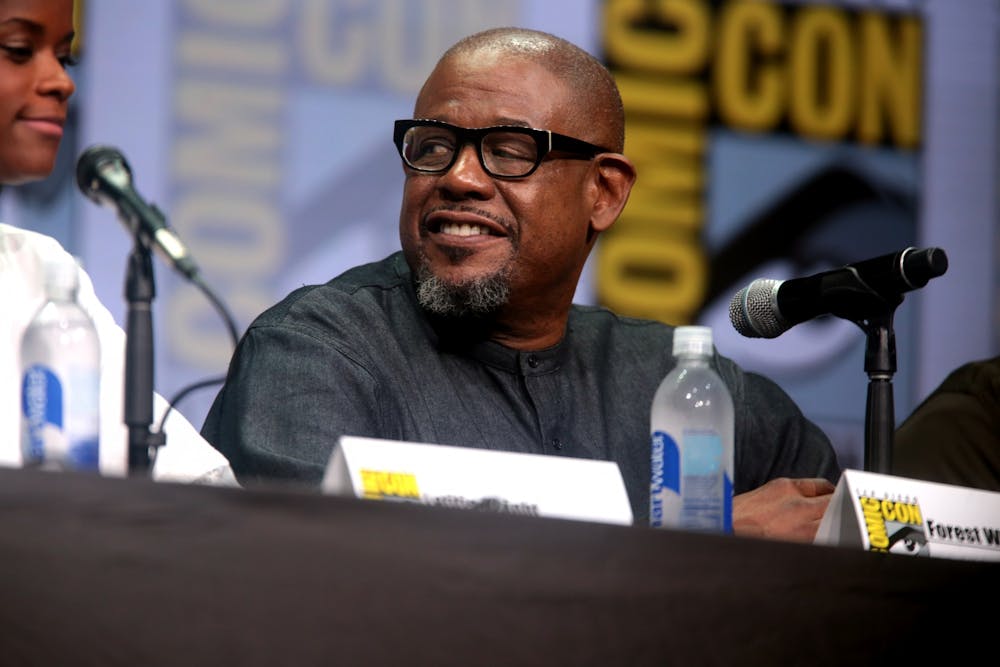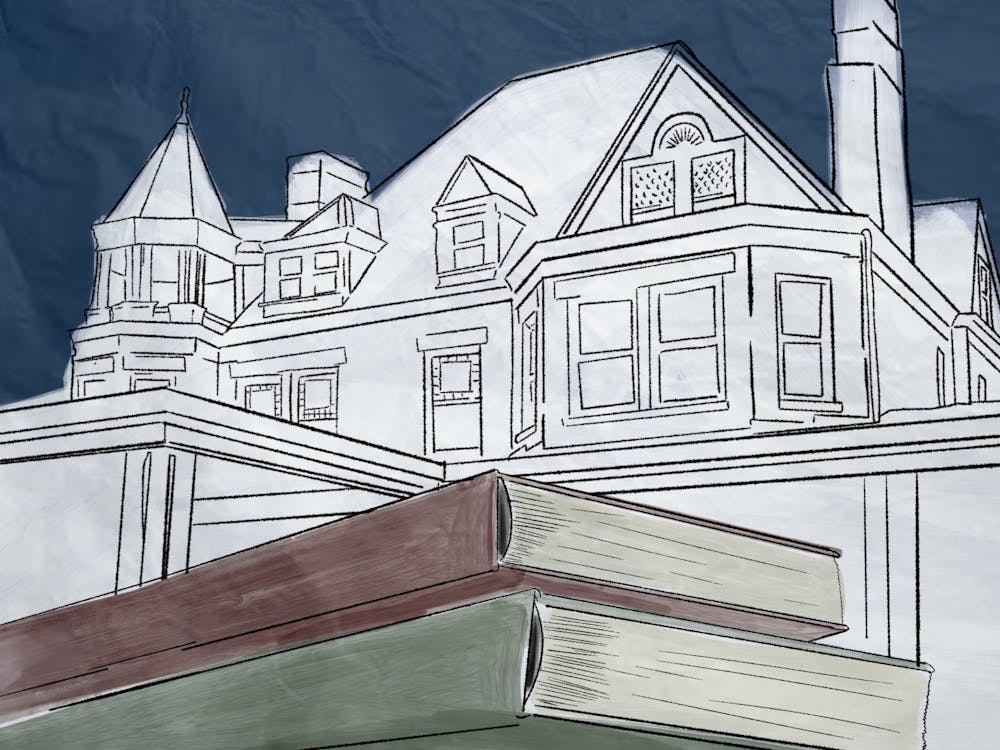New to Netflix early November was the inclusive musical film “Jingle Jangle: A Christmas Journey,” created by playwright and director David E. Talbert. Released on the platform Nov. 6, the film stars Forest Whitaker as Jeronicus Jangle and features an all-star cast including Keegan Michael Key, Phylicia Rashad and Ricky Martin as well as newcomer Madelen Mills. The film follows the redemption arc of a disgraced inventor as he tries to reconnect with his estranged family and regain his creativity. Along the way, he finds he has more in common with his granddaughter than he might expect.
The soundtrack of the film, which is filled with lighthearted and feel-good numbers, is as impressive as the film itself. Mills shines in her role as a young Journey Jangle as she seeks to help her grandfather find his creative spirit. Her second solo, “The Square Root of Possible,” is about the unimaginable being possible and is reminiscent of the iconic “Impossible” from the beloved 1997 film “Rodgers & Hammerstein's Cinderella,” performed by Whitney Houston and Brandy. It is a turning point in the film and one of the more vocally interesting songs. Even comedian Keegan Michael Key delivers in his song, which diverges from the typical villain tune and abandons all dark themes in favor of a bouncy, brassy song that would make anyone want to dance.
“Jingle Jangle” is a soulful take on the classic Christmas story that elevates a sort of feel-good sound that is not exclusive to the holiday season. In fact, outside of the time of year it takes place in, the film is not all that Christmas-y. Rather, it centers the idea of the winter time as a period to experience outward coldness to the world, and inward warmth with one’s loved ones. In other words, Talbert has managed to capture the essence of the entire holiday season in two short hours. Between the complex harmonies and intense choreography, the story of finding joy in loneliness is something an audience can relate to this holiday season, especially because the pandemic has caused various degrees of social isolation. Beyond the surface level story of inventing, the film is about finding happiness with other people. When all hope is lost, there will always be human connection. It is hard to watch it without tapping into some type of forgotten childlike joy.
Inspired by the lack of diversity in other Christmas musicals, Talbert sought to create a Christmas story for all families. Because the film is neither about Christmas nor race, there was some wiggle room to build a world limited only by the bounds of Talbert’s imagination. Instead of creating a desolate Victorian town, Talbert uses the influence of the Victorian era to create a Winter Wonderland-esque utopia, complete with snow-topped roofs and magic in the air. After watching, the film leaves a feeling of fulfillment and joyful victory. Much of the film is seemingly inspired by the Afrofuturism movement, and can be seen through the little details in the film like the little gears and cogs in Journey’s hair. This inclusion to the narrative gives the film that extra something that really makes it special.
Watching “Jingle Jangle” is like if the inside of a snow globe came to life on the screen. It is just a wondrous and magical experience that feels like drinking hot cocoa in front of a fireplace after a snowball fight. As it stands right now, it is the most visually and musically appealing holiday movie of 2020. The world needs some low-stakes happiness in the air right now, and “Jingle Jangle” fills that position.





